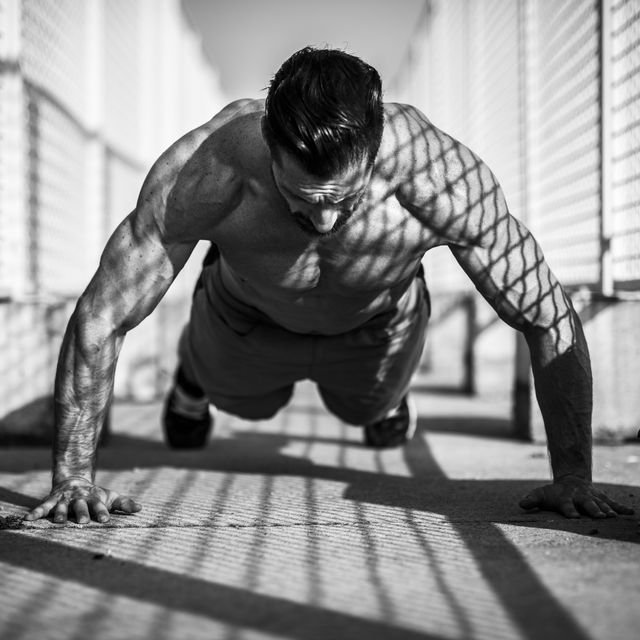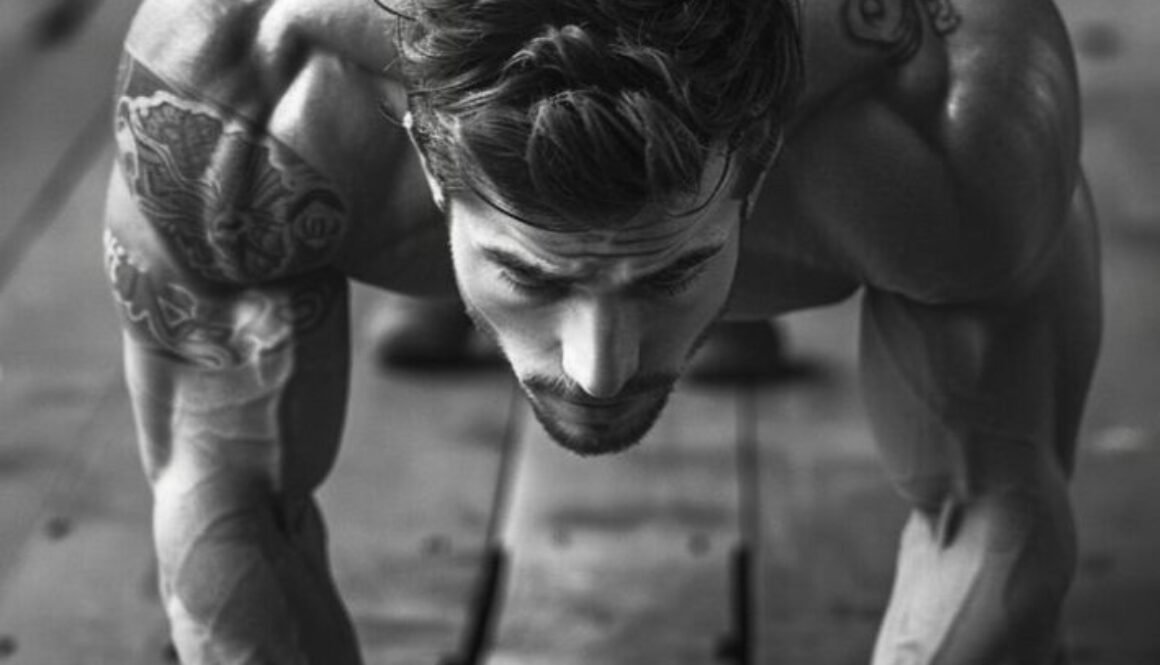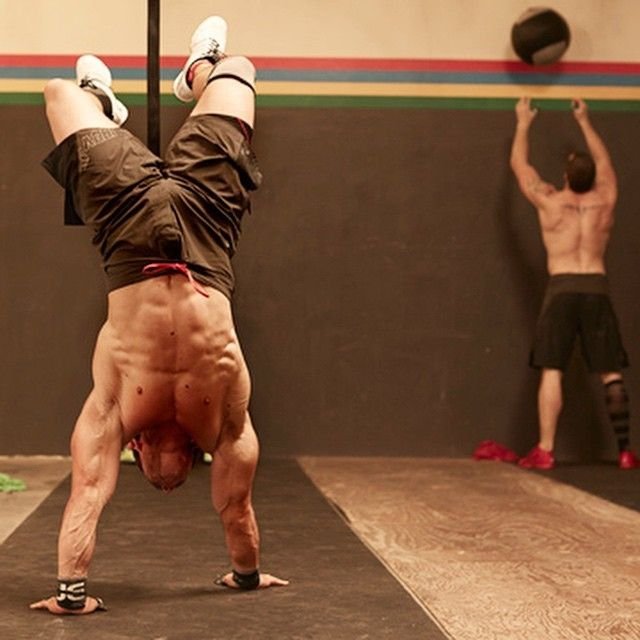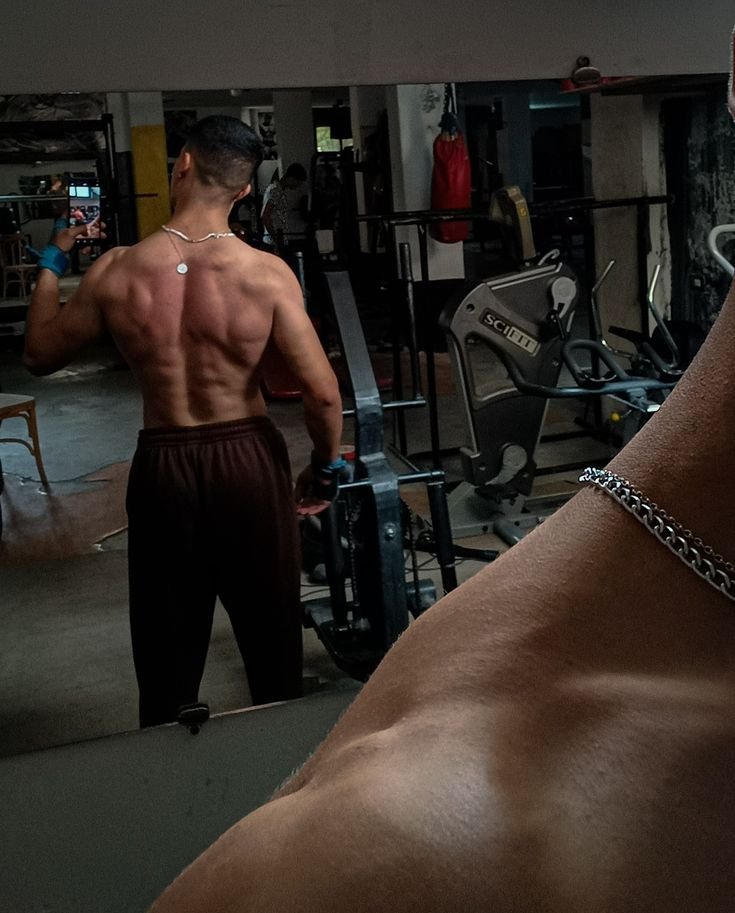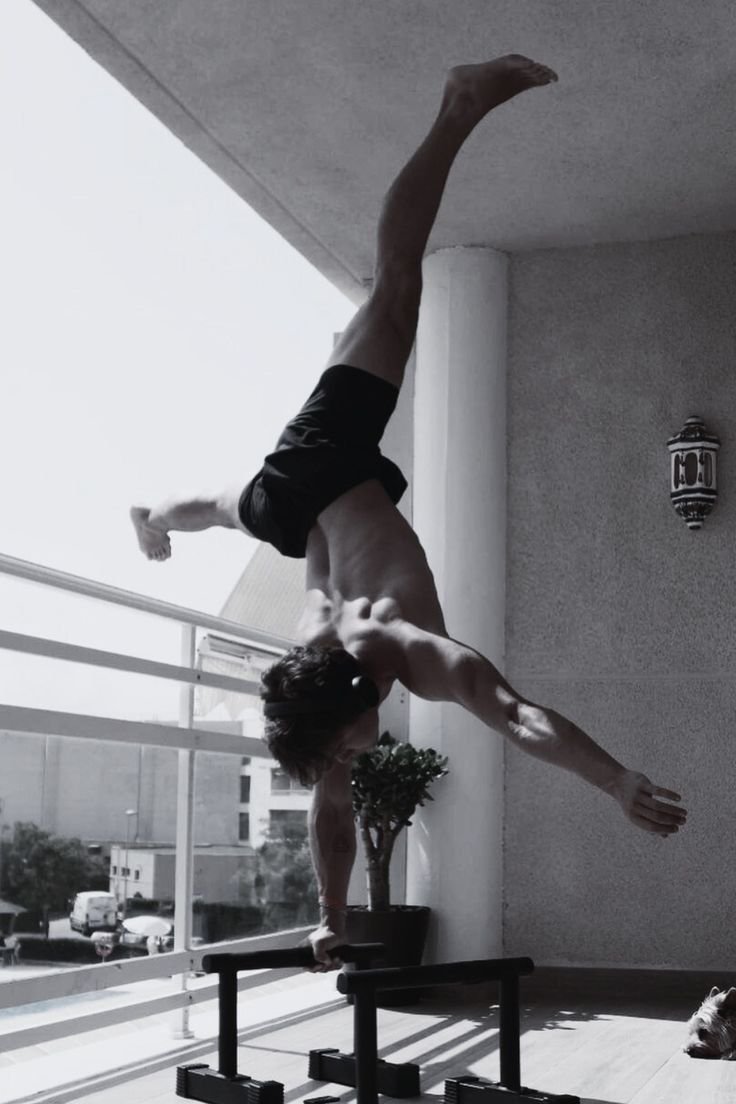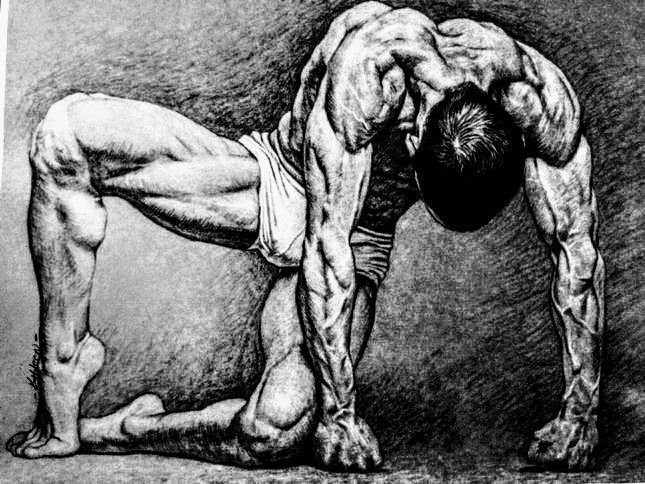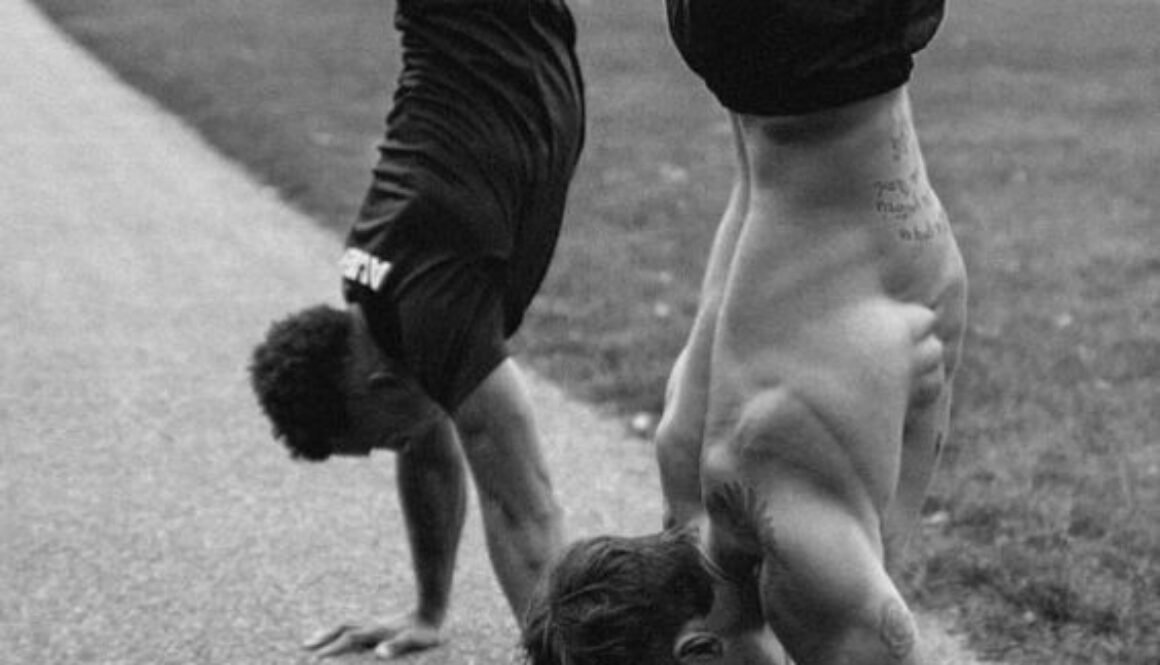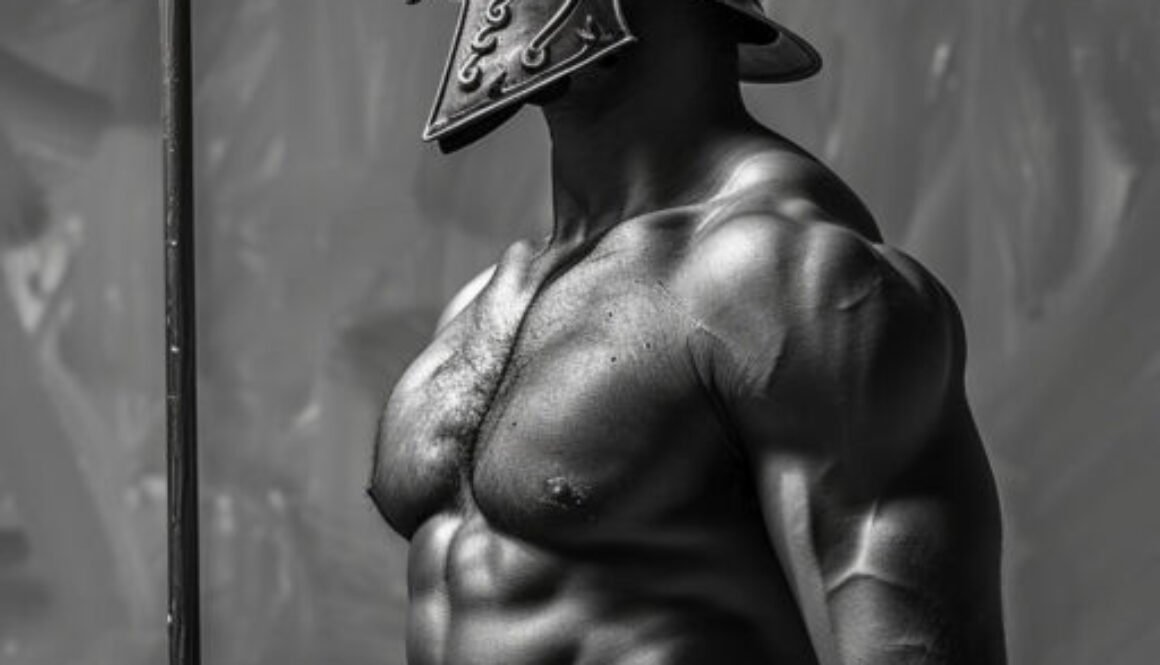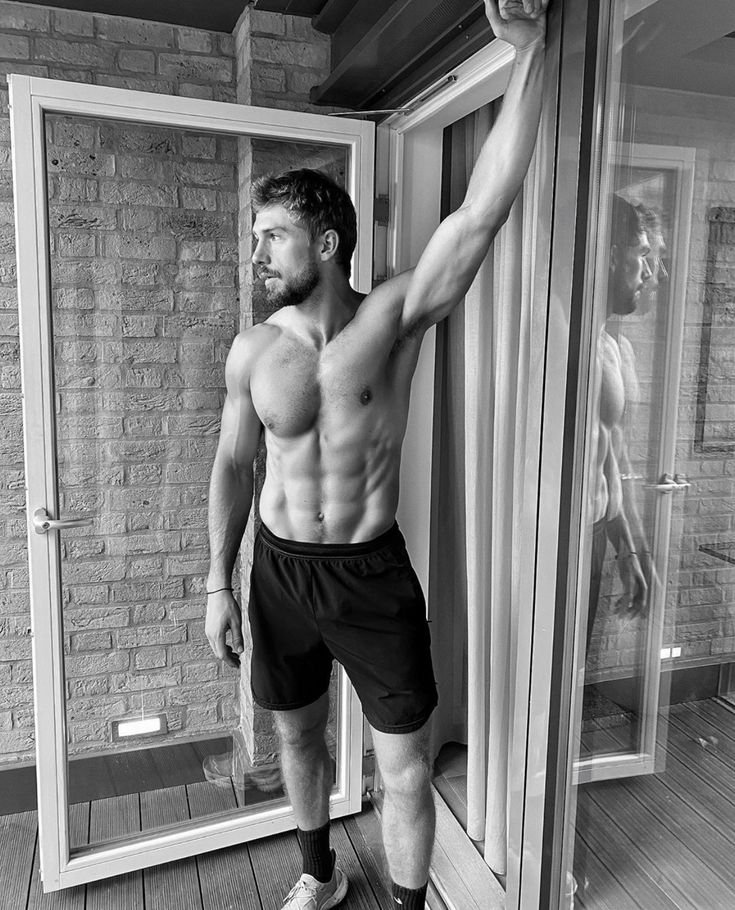Discover Primal Movement: A Beginner’s Guide to Mobility and Core Strength
Recently, I’ve been diving into the world of primal movement, inspired by the highly regarded Animal Flow program, which emphasizes natural, functional movement patterns. This approach, rooted in how our ancestors moved, has been transformative for my mobility and core strength, aligning perfectly with the principles laid out by experts like Mark Sisson and Kelly Starrett, who advocate for incorporating primal movements to enhance overall fitness. Today, I want to share a beginner primal movement flow with you. This routine consists of several positions and movements designed to enhance your mobility and core strength. Let’s get started!
Hand and Wrist Warm-Up
Before diving into the primal movements, it’s essential to warm up properly, especially focusing on your wrists. According to GMB Fitness, wrist preparation is crucial for preventing injury and ensuring fluid, pain-free movement, particularly when engaging in ground-based movements like those in the Animal Flow program. Here’s a quick warm-up routine:
- Wrist Circles: Spend 30 to 60 seconds rotating your wrists in circles.
- Hyperextension Stretch: Place your hands flat on the floor, palms down, and lean forward until you feel a stretch in your wrists. Hold for one minute.
- Wrist Flexion Stretch: Place the backs of your hands flat on the floor and lean backward to stretch your wrists. Hold for one minute.
- Finger Stretch: With your hands palms down, lift one finger at a time while keeping the others flat on the floor.
These warm-up exercises are essential to prepare your wrists for the primal movement routine, reducing the risk of injury and improving flexibility.
Basic Positions and Movements
Static Beast
The Static Beast position is fundamental in primal movement, serving as a base for many other movements. According to Al Kavadlo, this position not only activates your core but also strengthens your shoulders and stabilizes your entire body, making it an essential starting point for beginners. Start in a six-point baby crawl position (toes, knees, and hands on the floor), with your hands directly below your shoulders. Press hard into the floor to protract your scapula (shoulder blades apart) and lift your knees just an inch off the ground. This position activates your core significantly and stabilizes your body.
Loaded Beast
The Loaded Beast position is akin to a dynamic child’s pose, with the added challenge of keeping your knees off the floor. This position not only prepares your body for more explosive movements but also improves flexibility in the hips and shoulders. Breaking Muscle highlights this as a critical movement for building foundational strength and mobility. From the static beast, walk your hands out and lean your hips back while keeping your knees off the floor. This position stores potential energy, allowing you to propel yourself forward into a reach.
Beast Reach
The Beast Reach is an advanced primal movement that builds on the strength and stability gained from the Static and Loaded Beast positions. It mimics the mechanics of a planche, putting stress on your wrists and shoulders, which builds strength over time. This movement is particularly effective for improving coordination and balance, as noted by GMB Fitness, making it a staple in any primal movement routine. From loaded beast, propel yourself forward, reaching one knee (e.g., right knee) towards the same side arm (e.g., right arm), then return to loaded beast. Repeat on the other side.
Wave Unload
The Wave Unload combines elements of flexibility and strength, transitioning smoothly from a pike position to a forward lean. This movement enhances spinal mobility and shoulder strength, key components of functional fitness. Kelly Starrett’s principles in “Becoming a Supple Leopard” emphasize the importance of such dynamic movements for maintaining full-body mobility and preventing injury. From static beast, move into loaded beast, then transition into a pike position by lifting your hips. From here, move your heels up, then your hips forward, retracting the scapula, and look up at the ceiling. Reverse this motion to return to loaded beast.
Static Crab
The Static Crab position strengthens your posterior chain and improves shoulder mobility, making it a fundamental exercise in primal movement. According to Mark Sisson, this position is crucial for developing functional strength and stability, which are essential for everyday movements. Sit with your hands next to your hips, fingers pointing backward, and press down into the floor to lift your butt. This position should be practiced frequently.
Contralateral Lifts
Contralateral lifts are key for developing coordination and balance, forming the basis for more complex primal movements. These lifts not only improve stability but also enhance core strength, as highlighted by Nerd Fitness, making them essential for anyone looking to improve their overall functional fitness. In static crab, lift your left foot and right hand off the floor simultaneously, then switch to the other side. Practice the same in static beast position.
Under Switch
The Under Switch is a fluid movement that improves your ability to transition smoothly between positions. This movement is vital for enhancing agility and coordination, crucial components of primal movement, as noted by GMB Fitness. Regular practice of this movement will greatly improve your control and movement efficiency. From static beast, lift your left foot and right hand, then switch to static crab by swinging your left foot under and your right hand over.
Crab Reach
The Crab Reach is excellent for improving spinal mobility and shoulder strength, two areas often neglected in traditional fitness routines. This movement also helps build stability and control, making it an essential part of your primal movement practice, as recommended by Animal Flow. From static crab, lift your right hand, then raise your hips and reach your hand over your head into a three-point bridge. Follow your hand with your eyes, then return to the starting position. Repeat on the left side.
Ape Reach
The Ape Reach enhances lower body flexibility and upper body strength, fundamental elements of primal movement. According to Breaking Muscle, this movement not only improves your range of motion but also strengthens the muscles necessary for maintaining a strong, agile body. Get into a deep squat with your heels down, hips low, and chest proud. From this position, reach forward with your palms facing outward. Transition to standing ape reach by rising on your toes and stretching your arms to the sides, palms up.
Beginner Primal Movement Flow
Combining these movements into a flow creates a comprehensive primal movement routine that enhances your overall fitness. This flow, inspired by the principles in Animal Flow and GMB Fitness, targets different muscle groups, improving mobility, strength, and coordination. Here’s how you can combine the movements:
- Static Beast: Start with knees off the floor.
- Loaded Beast: Walk hands out, lean hips back.
- Wave Unload: Move into pike, then forward and reverse.
- Beast Reach: Reach right knee to right arm, then left knee to left arm.
- Under Switch: Switch between static beast and crab.
- Crab Reach: Perform on both sides.
- Ape Reach: Transition from deep ape reach to standing ape reach.
Repeat this flow several times to build proficiency and strength. Gradually increase the intensity as you become more comfortable with the movements, ensuring that you maintain proper form throughout.
The Benefits of Primal Movement
Enhanced Mobility
Primal movement exercises focus on natural, functional movements that improve joint flexibility and range of motion. Regular practice can alleviate stiffness and enhance your body’s ability to move freely. Mark Sisson emphasizes that primal movement is about retraining your body to move as it was designed to, enhancing both mobility and overall physical function.
Core Strength
The static and dynamic positions in primal movement engage your core muscles continuously. This not only strengthens your core but also improves overall stability and balance. Kelly Starrett notes that core engagement is crucial for maintaining proper posture and preventing injuries during both everyday activities and more strenuous exercises.
Functional Fitness
Primal movement mimics natural movements, making it highly functional. It prepares your body for everyday activities, reducing the risk of injury and improving performance in other physical pursuits. According to GMB Fitness, functional fitness is about training your body to handle real-life situations more effectively, and primal movement is a perfect example of this approach.
Mental Well-being
Engaging in primal movement can be meditative, promoting mindfulness and reducing stress. The focus on breathing and controlled movements enhances mental clarity and relaxation. As discussed in Nerd Fitness, the combination of physical activity and mindfulness in primal movement can significantly boost mental well-being.
No Equipment Needed
One of the greatest advantages of primal movement is that it requires no equipment. You can perform these exercises anywhere, making it a versatile and accessible fitness routine. Mark Sisson points out that the simplicity of primal movement makes it ideal for those who want to stay fit without needing access to a gym or specialized equipment.
Tips for Practicing Primal Movement
Getting Started
- Start Slow: Begin with the basic movements and gradually progress to more advanced exercises as your strength and mobility improve.
- Consistency is Key: Practice primal movement regularly, ideally three to five times a week, to see significant improvements.
- Listen to Your Body: Pay attention to how your body feels during each exercise. If you experience any pain or discomfort, modify the movement or take a break.
Focusing on Form
- Focus on Form: Proper form is crucial to avoid injuries and maximize the benefits of each exercise. Therefore, take your time to learn the correct technique.
- Combine with Other Workouts: Integrate primal movement into your existing fitness routine to enhance overall strength and mobility.
Conclusion
Primal movement can be challenging initially, but this challenge is indicative of the significant benefits it can bring. By practicing these positions and movements frequently—three to five times a week—you’ll enhance your mobility, stability, and core strength, as well as your overall functional fitness. As James Clear explains, small, consistent efforts compound over time, leading to substantial improvements in your physical capabilities. The program I follow, Animal Flow by Mike Fitch, offers more detailed guidance, and as I progress through the levels, I’ll share more advanced techniques that continue to build on these foundational movements.
